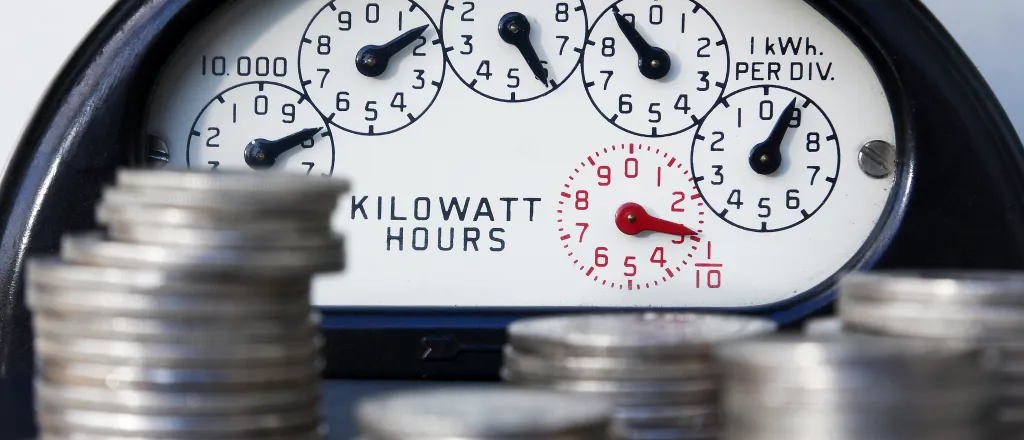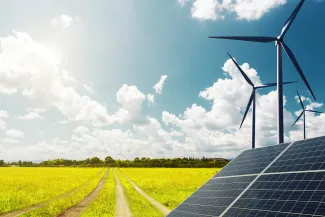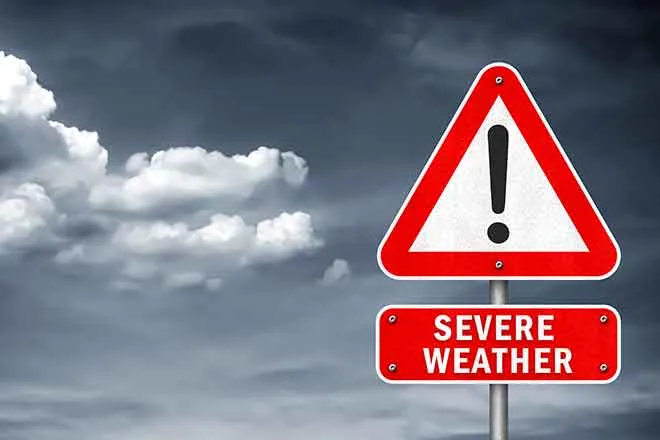
Is your electric bill higher? Independent analysis says don't blame clean energy
Click play to listen to this article.
(Prairie News Service) Advancing clean energy sources can be a tricky topic in oil-producing states like North Dakota.
But a nonpartisan analysis says the facts are clear about what causes electric bills to climb, and renewables aren't among them.
This month, a report from the independent think tank Energy Innovation says one third of U.S. households had to forego basic necessities to pay energy bills last year.
As the nation scales up the transition to sources like wind and solar power, those opposed to clean energy rebates and other climate policies say the movement is harming consumers - with higher costs to keep the lights on.

But report author Brendan Pierpont - director of electricity modeling for Energy Innovation - said the facts show otherwise.
"Nationally, we found big drivers of rising rates are climate change impacts, and extreme weather - and fossil fuel costs," said Pierpont, "like volatile natural gas prices, and utility investment in aging, expensive coal plants."
Governor Doug Burgum has increasingly become a staunch supporter of oil and gas production, but North Dakota has been a top ten state for wind energy generation.
The report says states with significant clean energy growth have not generally experienced rate hikes above inflation.
Between 2010 and 2023, North Dakota was in the middle of the pack for rate increases, but still below the national average.
Those who oversee the power grid warn that the rapid push toward renewables could create reliability issues in the short term, especially with rising electricity demand from places like big data centers.
Grid improvement projects are taking shape, also affecting energy bills. But Pierpont suggested not enough of them are designed to expand transmission lines.
"It's only a pretty small portion of the total transmission and distribution pie that is expanding the grid," said Pierpont, "either to meet rising demand or to integrate new resources, like wind and solar."
Pierpoint said those cleaner sources are becoming much cheaper, and if utilities and grid operators focus more on larger projects that get them online, they'll offset the factors pushing electricity bills higher.
In 2022, the Midcontinent Independent System Operator approved a $10 billion transmission plan to accommodate growth in renewables. North Dakota falls under the MISO map.
















